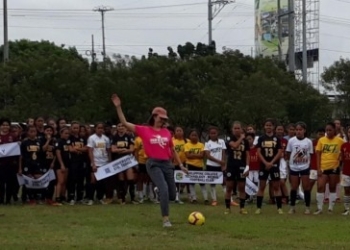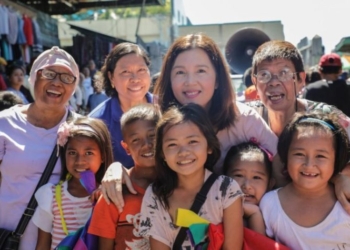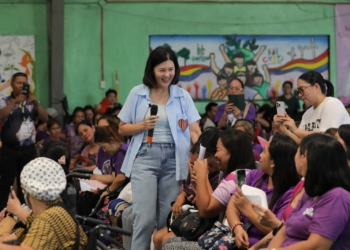Few State of the Nation Addresses had the privilege (or misfortune) of being delivered during the country’s darkest hours. These addresses are perhaps the most difficult to write because unlike “peacetime” SONAs, they must contain an accurate description of the crisis at hand and, at the same time, the best articulation of hope possible to calm the anxieties and boost the morale of a distressed nation.
In June 1945, the late President Sergio Osmeña addressed the members of Congress, using the opportunity to narrate the Philippine Commonwealth’s bitter fight against the Japanese. He described that meeting as a “moment of great historic importance” because it was the first time the country’s lawmakers convened after years of war. The session was held inside a repurposed schoolhouse in Manila since the Legislative Building, along with the rest of what was once dubbed the Paris of Asia, had been reduced into rubble by American bombs and Japanese arson.
The late Manuel Roxas’ address in June 1946, around a month before the country’s exit from American rule, was of similar significance. He spoke of a wartorn government that was “without financial means to support even its basic functions.” The crisis, he said, was further exacerbated by the soaring prices of goods, depreciation of the Philippine peso, reduced production across industries, and growing hunger. Sounds familiar, right?
Decades later, in 2020, the COVID-19 pandemic triggered the country’s worst economic crisis since the Second World War. Prolonged lockdowns have led to widespread hunger, unemployment, and soaring prices. Much like the Congress’ meeting in 1945, the House of Representatives was again put in a difficult position to determine the country’s best route towards survival and recovery.
Then-Speaker Alan Peter Cayetano presided over the House’s first-ever online meeting last year. Physical attendance was limited to only 20 members, while a total of 279 lawmakers attended via online platforms. He described the moment as a reaffirmation of Congress’ commitment to cooperate with the Executive in addressing the effects of the COVID-19 pandemic.
Months later, President Rodrigo Duterte’s fourth SONA was held under the same setup, with only a few officials attending in person and the rest joining the event through virtual means. Duterte used the opportunity to thank the country’s frontliners, share in the grief of those who had lost loved ones because of the pandemic, and rally an entire nation against the invisible menace.
This year’s SONA will perhaps be the most important in recent decades. As former Speaker Cayetano pointed out a few weeks ago, the President’s address this Monday will be crucial in setting the direction towards economic recovery and in building a consensus on the country’s post-pandemic future. With the country’s vaccination program now being rolled out, there is growing concern on how the government will boost the economy and restore its stellar pre-pandemic performance. Recent surveys point to economic issues such as food security and unemployment as primary concerns among adult Filipinos amidst the ongoing pandemic
Various suggestions are on the table as to the best route towards economic recovery. The most well-received of these so far comes from his former running mate Cayetano, who has been lobbying for the creation of a direct stimulus program through the 10K Ayuda Bill, as well as the formulation of a five-year economic recovery plan that would cover several essential sectors and industries. Should these proposals make the cut for the President’s final SONA, it is widely expected that these initiatives will ensure better predictability and boost investor confidence.
The President started strong with Cayetano behind him. Perhaps he can finish strong with his “other half” showing the way.





